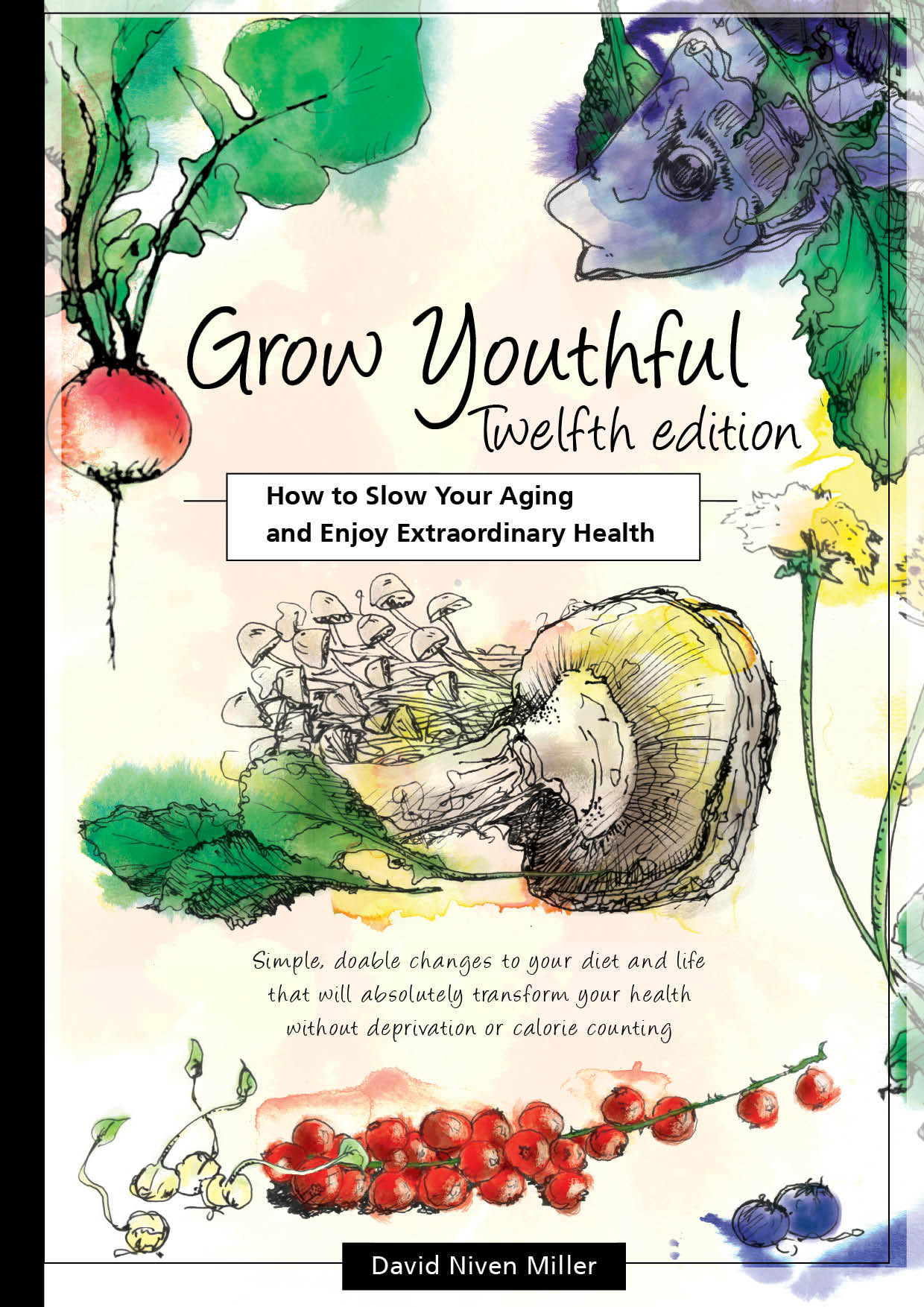
Molasses
What is molasses?
Molasses for weight loss
Reservations
References
What is molasses?
Molasses is a viscous sweet syrup made from sugar cane, beets or grapes. It contains a high level of disease-fighting and antioxidant polyphenols, and is also rich in iron, calcium, copper, manganese, magnesium and potassium.
Molasses is a by-product of the processing of sugar cane or sugar beet into sugar. Its quality depends on the maturity of the sugar cane or sugar beet, the amount of sugar extracted, and the method of extraction. In the USA sweet sorghum syrup is sometimes incorrectly called molasses.
Sulphured molasses is made from young sugar cane, when sulphur dioxide is added as a preservative. Unsulphured molasses is made from mature sugar cane, which does not need a preservative.

Molasses comes in three grades: first, mild or Barbados; second or dark; and blackstrap. They may be sulphured or unsulphured.
Blackstrap molasses is high in manganese, copper, iron, calcium, potassium, magnesium and selenium, depending on where the sugar crop was grown. It is mainly used as a tonic source of iron.
With molasses being a rich source of iron, it is not a good food for most men and for post-menopausal women. Iron tends to accumulate in the body as it is not excreted and very difficult to remove except through blood loss. Women lose iron in their blood during their monthly period, but men have no such outlet. Most adult men and post-menopausal women suffer from a toxic excess of iron. High levels of iron can cause mental problems including Alzheimer's and Parkinson's diseases, decreased insulin sensitivity, diabetes, heart disease and a wide range of degenerative diseases.
Molasses for weight loss
If you are overweight and want to use a sweetener in your food, molasses may be a better bet than sugar. A study (1) found that molasses can help keep both body weight and body fat under control by blocking calorie absorption.
In the study, scientists fed two groups of mice the same high-fat diet. One of the groups also got a 4% molasses extract. After 10 weeks the molasses group had lower body weight and lower body fat than the other group.
Both groups continued to eat the same amount of calories, so it seems that molasses does not decrease hunger. Rather, that molasses may reduce the amount of calories the body absorbs, and the polyphenols in molasses may help reduce body fat. The researchers noted that a high level of calories was excreted in the mouse poo. They also found that molasses increased energy metabolism in the liver and in fat cells from increased gene expression.
The authors are hopeful that the study's findings also apply to humans. According to lead author Weisinger, "Due to the increasing worldwide prevalence of obesity and associated health problems, supplementing food with molasses extract might be a way to address the escalating rates of overweight and obesity."
Reservations
- Mosasses is not good for your teeth. If you take it immediately before a meal, that is OK - the meal will clean out your mouth. Otherwise clean your teeth or thoroughly rinse your mouth after taking molasses.
- Molasses is one of the better forms of sugar to consume, but you are still not advised to use it if you suffer from candida, diabetes or other sugar-caused ailments.
- Molasses is rich in iron. If you are a menstruating woman this is OK, but men and post-menopausal women often have an excess of iron in their blood. This is explained in detail in Grow Youthful.
References
1. R.S. Weisinger, L. Stahl, D.P. Begg, M. Jois, A. Desai, J. Smythe.
Molasses extract decreases diet-induced obesity.
Appetite, Volume 57, Supplement 1, July 2011, Page S46
